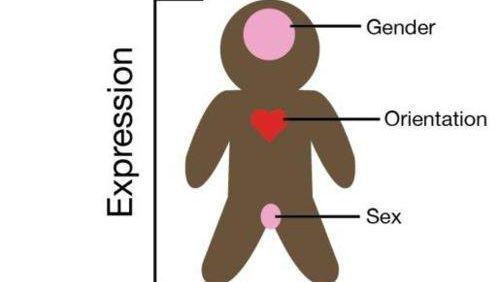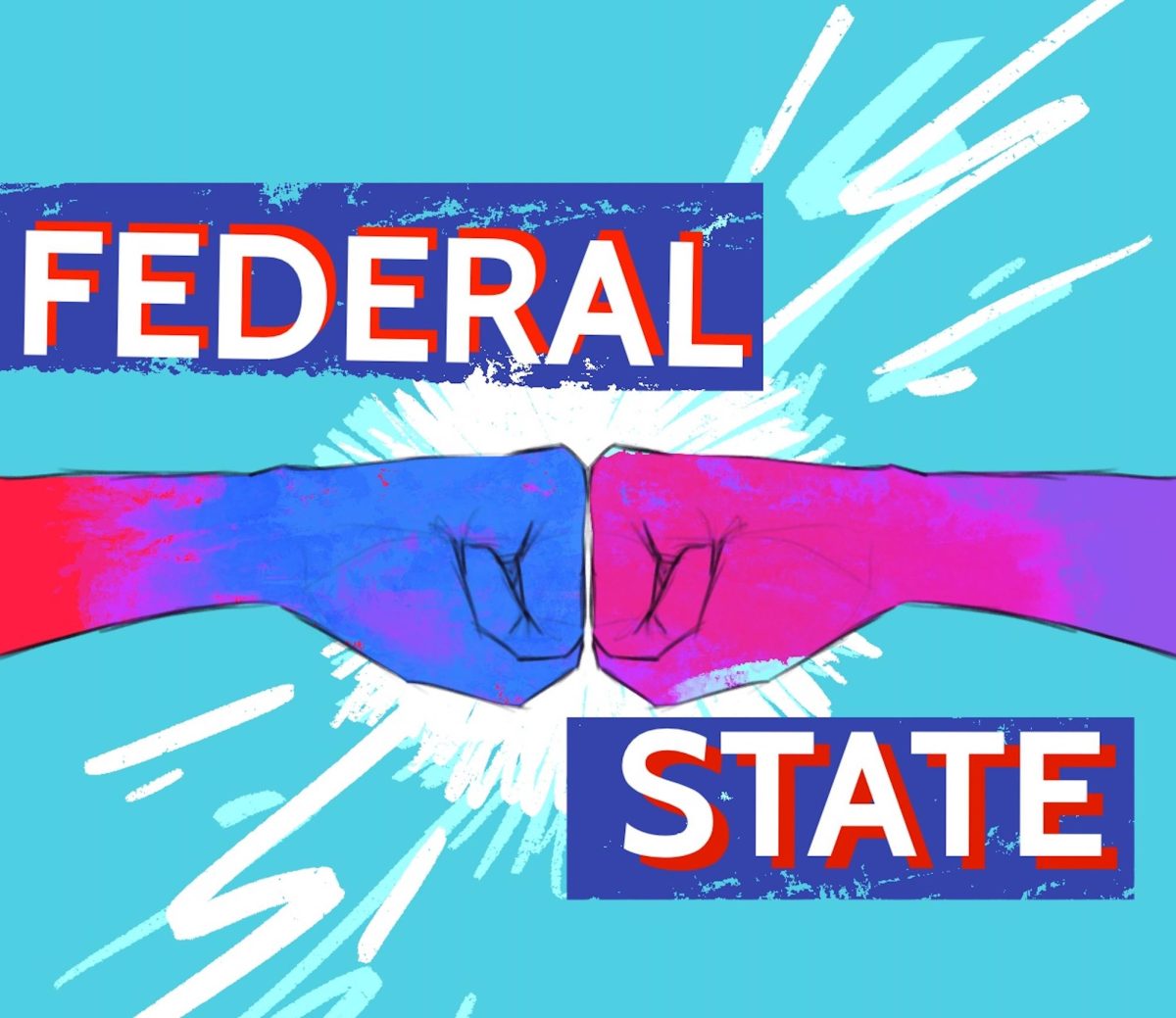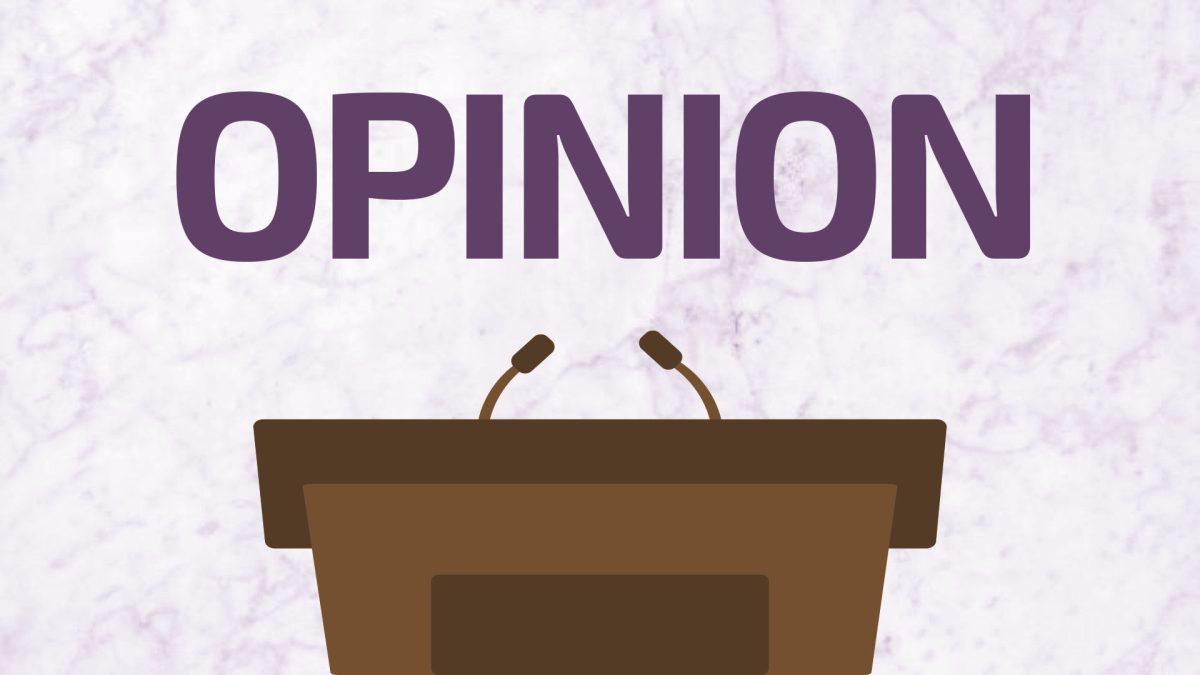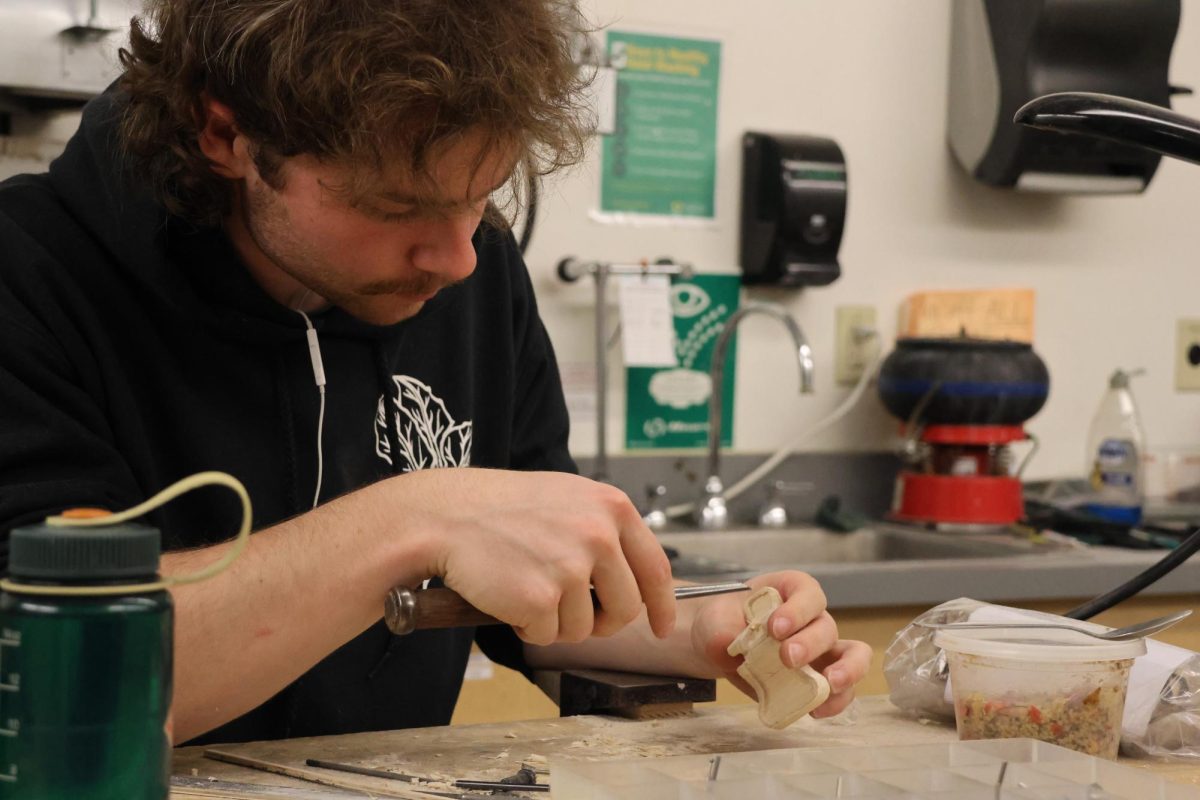I often get questions from readers about LGBTQA+ terms. This article aims to explain many of the common questions regarding the T in LGBTQA+.
What does transgender mean?
People who are transgender are those who don’t identify with the sex they were assigned at birth. To many, this means people who are born male but identify as female, and vice versa. However, the definition has expanded to include many gender identities beyond men and women. While some transgender people refer to themselves as male-to-female or female-to-male, many more identify under the umbrella of nonbinary. People who are nonbinary don’t identify strictly as male or female, instead using a spectrum from masculine to feminine to express and identify their gender. Examples of other nonbinary identities are genderqueer, gender fluid, nonbinary, agender, androgyne and neutrois.
How are sexual orientation and gender identity different?
Sexual orientation and gender identity are two vastly different things. Gender identity describes how you identify yourself, while sexual orientation is related to who you are attracted to. Contrary to popular belief, these are not connected. While it’s typical for a heterosexual person to also be heteroromantic (romantically attracted to the opposite sex), romantic and sexual attraction can come in any combination. For example, a nonbinary person could be bisexual (sexually attracted to two or more genders). Moreover, a person could also be pansexual (sexually attracted to all genders) or homoromantic (romantically attracted to their own gender).
Why doesn’t everyone who is transgender medically transition?
Medically transitioning is not always easy, affordable, realistic or wanted. Medically transitioning is expensive, has a long recovery time and makes people who are transgender not necessarily comfortable with their bodies. Transitioning medically also has many barriers. In order to cover transition by insurance, a person has to have doctors’ notes and have been diagnosed with gender dysphoria disorder — for many people, it’s just not worth the hassle.
Why do some people use they/them pronouns?
They/them pronouns are a popular topic. People argue over whether they are grammatically correct to use as singular pronouns and police those who are transgender who use them. Just to clarify, yes, using they/them pronouns in a singular context is grammatically correct. Furthermore, they are used by all sorts of people who are transgender. They/them pronouns are used for people who don’t feel comfortable being gendered as masculine or feminine. There are also other alternate pronouns, such as xie/xir.
What do people who are nonbinary/transgender look like?
Those who are transgender look like any other person. Chances are you’ve met transgender and nonbinary people before, and you didn’t even know it. The stereotypes the media portrays about transgender people are hurtful and simply wrong. People who are transgender are humans, just like everyone else, and would like to be treated as such.
What’s the difference between being transgender and drag?
The lines between these two are a little blurry. Drag is considered gender performance. Some people argue that being transgender is just drag in your everyday life. Either way, transgender is an identity that people use to explain their gender, while drag is a performance and a fun way to explore gender expression.
Why do some people put an asterisk after trans? Why don’t you?
The asterisk after trans was an Internet trend for a while. By putting the asterisk after trans, people were trying to be inclusive of all transgender identities, rather than just male-to-female and female-to-male. However, trans without the asterisk was already inclusive of these identities. The asterisk was unnecessary in the first place, which is why I don’t use it anymore.
How can I be a good ally to the transgender community?
There are many ways to be a good ally, the primary one is to be supportive. People who are transgender go through a lot of hardship in their everyday lives, whether they are openly out and comfortable with their identity or still in the closet. Some other tips include asking people’s pronouns, not asking about a transgender person’s deadname (their birth name or any names they used to go by) and not asking about their medical transition.
Hopefully I answered a few of the basic questions people have about the LGBTQA+ community. Feel free to tweet or email me any questions if you have them!
The Genderbread Man represents many differences in an individual’s identity. There are many unknown answers to the questions regarding transgender individuals. (Flickr jositocabrera)
















